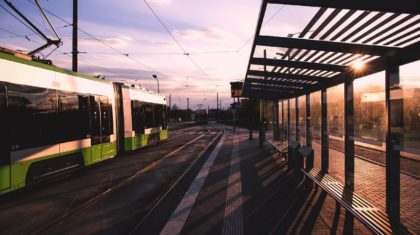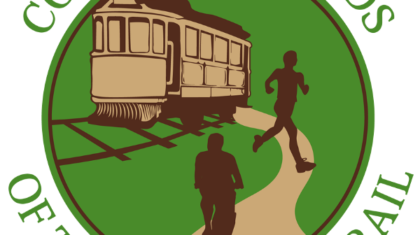
Creating a Low Stress Bicycle Network
We like to think that all people could potentially become bicyclists. A bicycle network will attract a large portion of the population if it is designed to reduce stress associated with potential motor vehicle conflicts and if it connects people bicycling with where they want to go.
A continuous low-stress network is essential for bicyclists of all ages and abilities to travel easily throughout the network.

Cycling has yet to be recognized as a mainstream commuter transportation option for everyday use, especially among more hesitant groups such as children, women, and the elderly. Our logic is that if we make bike networks safe and comfortable, then more people will use it, and more people will become physically active. However, in order to make it comfortable, the design needs to achieve a high level of comfort.

Selecting the most appropriate bikeway facility type for a given roadway can be challenging, due to the range of factors that influence bicycle users’ comfort and safety. Once the Bicycle Level of Traffic Stress (LTS)for an existing facility is identified and a city, county, or region has determined which type(s) of bicyclists it would like to encourage to use the facilities, we can identify what type of bikeway will meet their needs.
Having a range of bikeway types from which to choose allows another opportunity to think about local context, available funding, and larger goals for the area.

Separated Bikeways
Bikeways are considered low stress if they involve very little traffic interaction by nature of the roadway’s vehicle speeds and volumes (e.g., a shared, low-traffic neighborhood street) or if greater degrees of physical separation are placed between the bikeway and traffic lane on roadways with higher traffic volumes and speeds (e.g., a separated bikeway or cycle track on a major street).
On roadways with high speeds and/or high volumes, there needs to be physical separation between people biking and motor vehicles.

Calm Streets and Neighborhood Bikeways
By focusing on prioritizing local streets and on separation along busier streets, a bikeway network can be more inviting and increase bicycle use and safety.
Calm bike-priority streets are a critical part of complete bike networks.
Neighborhood bikeways are streets with low motorized traffic volumes and speeds, designated and designed to give bicycle travel priority. Neighborhood bikeways use signs, pavement markings, and speed and volume management measures to discourage through trips by motor vehicles and create safe, convenient bicycle crossings of busy arterial streets.

Comfortable Intersections
The vast majority of crashes involving bicycles occur at intersections along collector and arterial streets.
A bicycle route is only as safe and comfortable as its least comfortable intersection.
Several techniques can improve the safety and operations of bicyclists at intersections. Traffic control devices such as signage, roadway markings and signals, or geometric design features can reduce ambiguity for all roadway users and draw attention to the presence of bicyclists.


Comfortable for All Ages and Abilities
Bike routes that promote bicycling as an everyday option are comfortable for people of all ages and abilities and not just for experienced bicyclists. Is your vision to get more people interested in bicycling? Build for safety and comfort.



